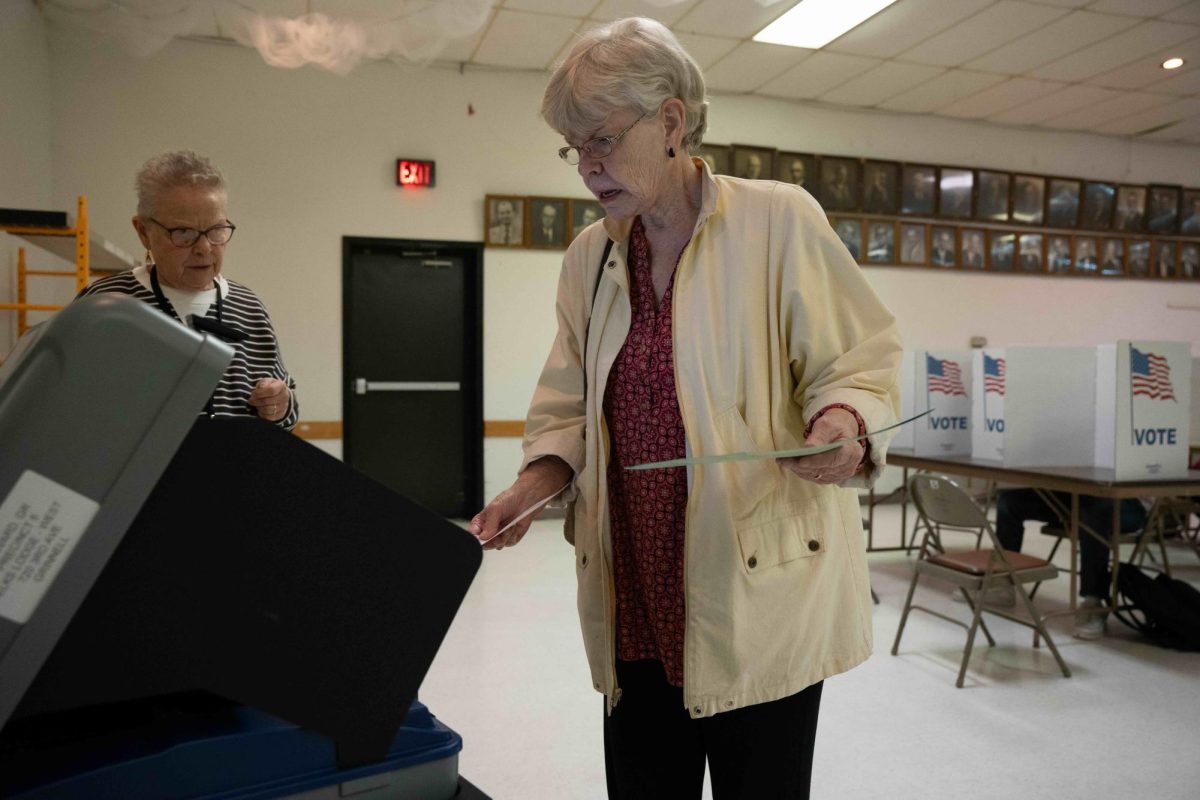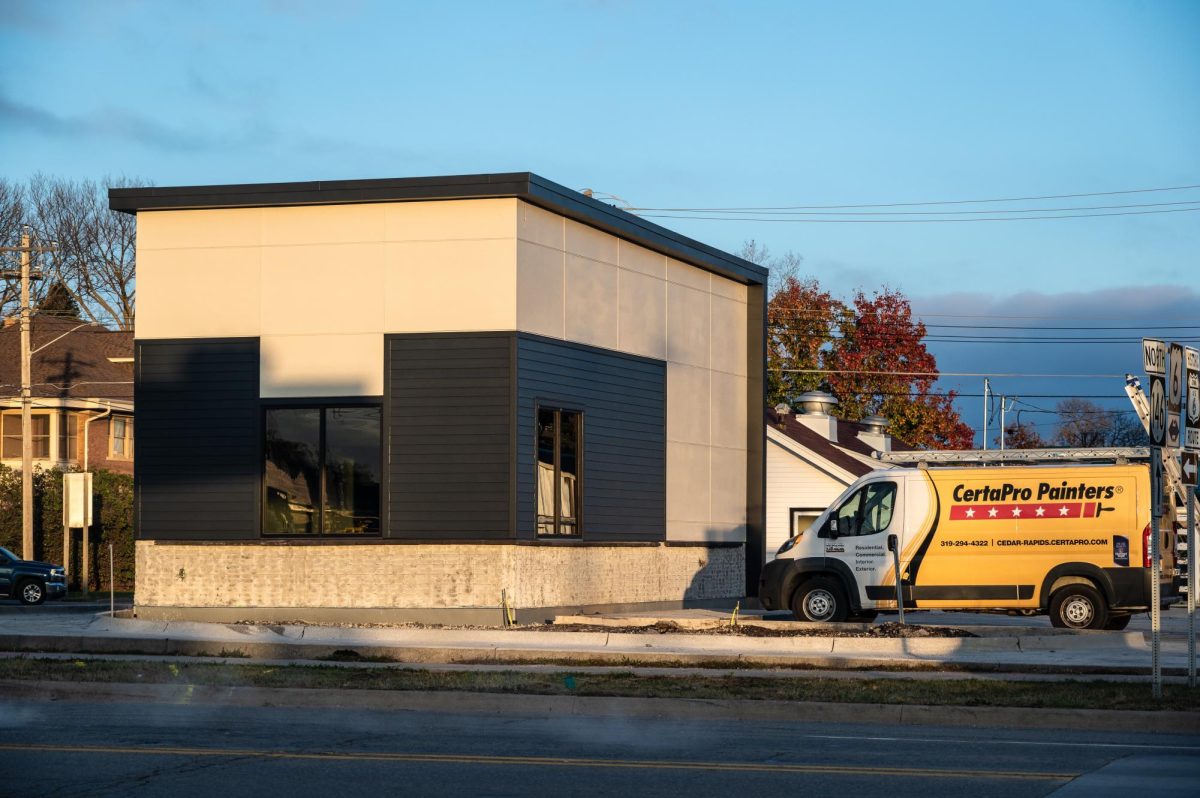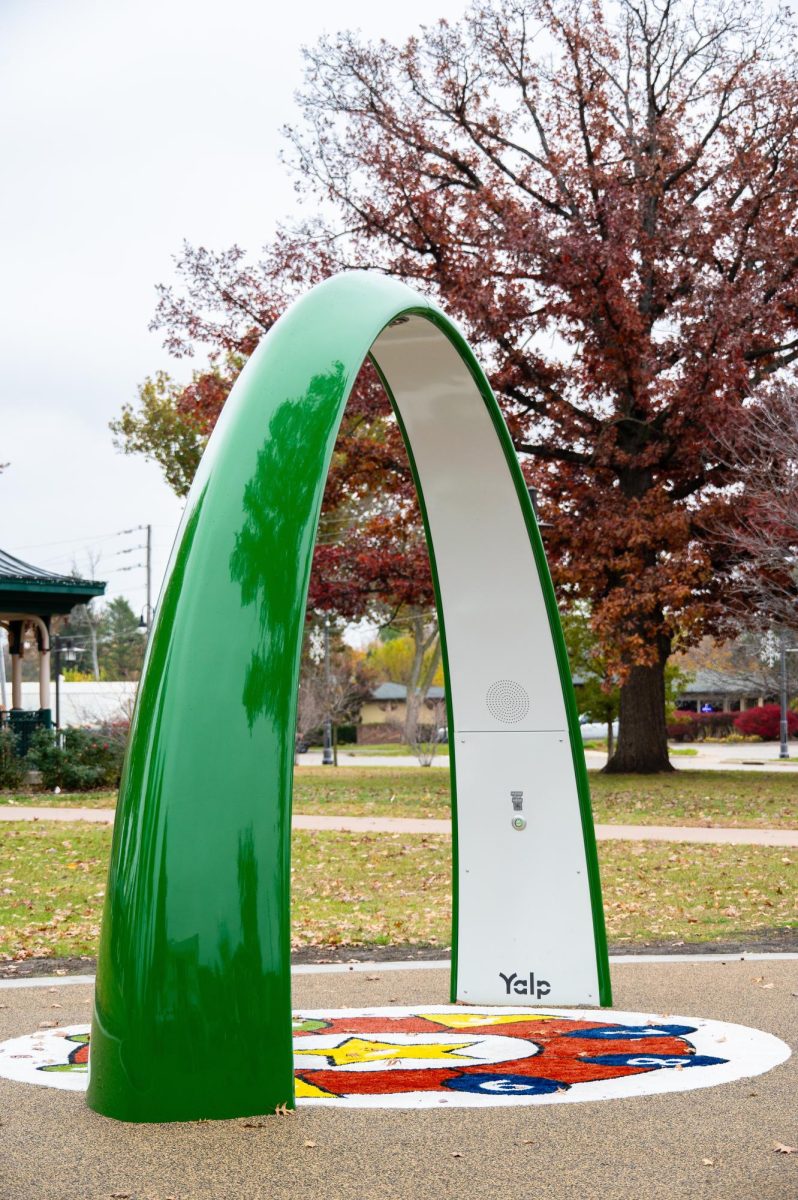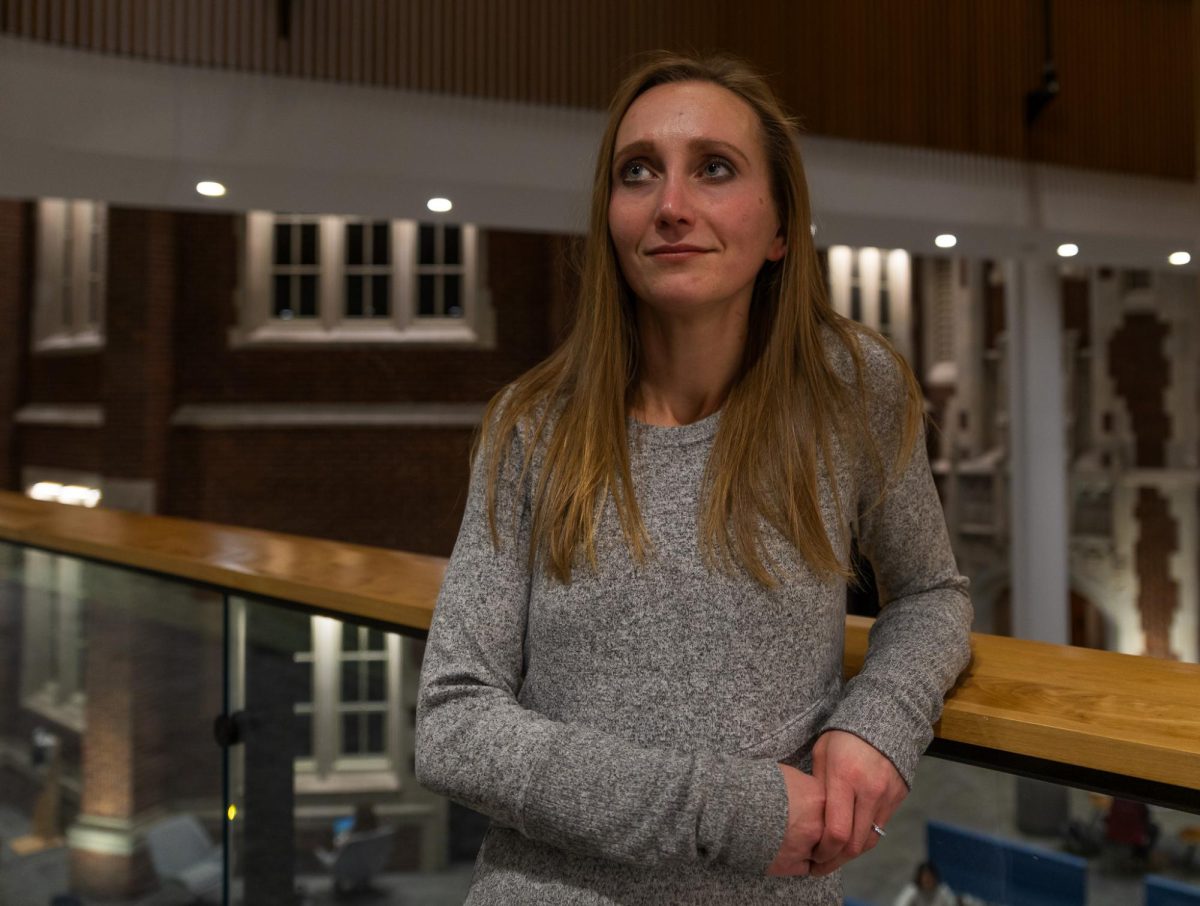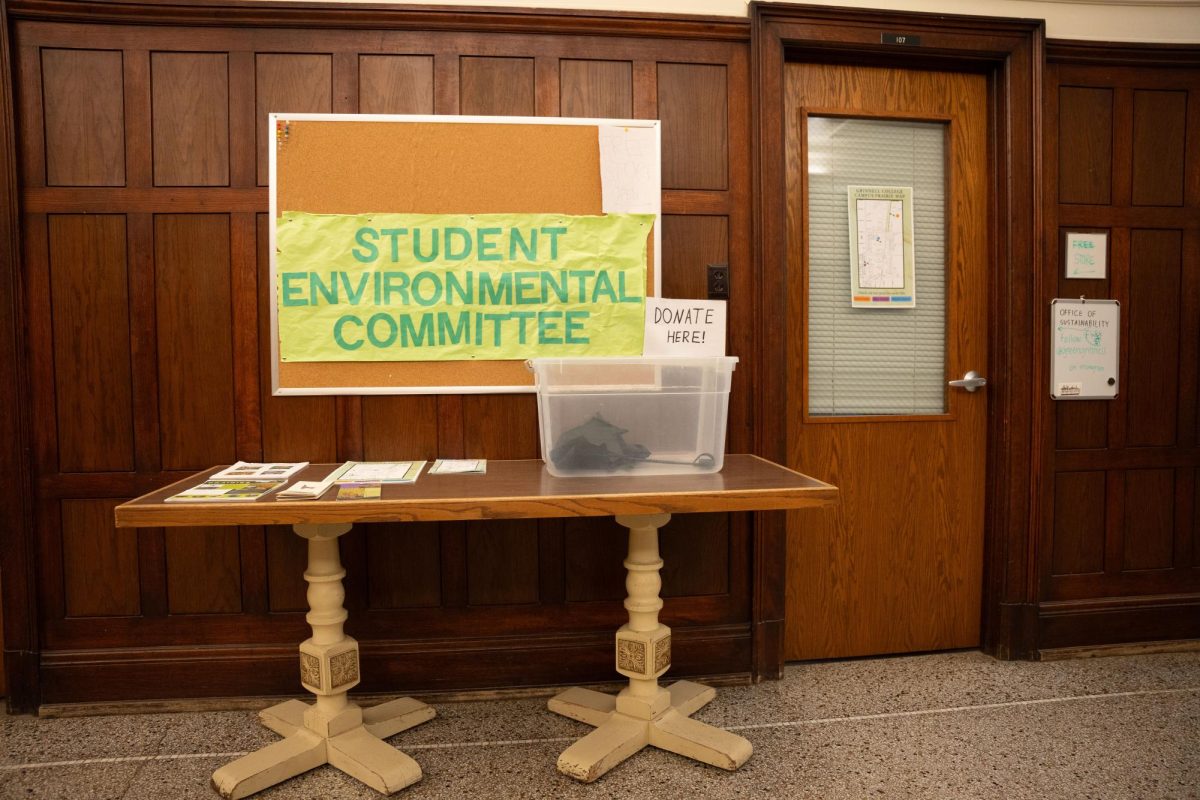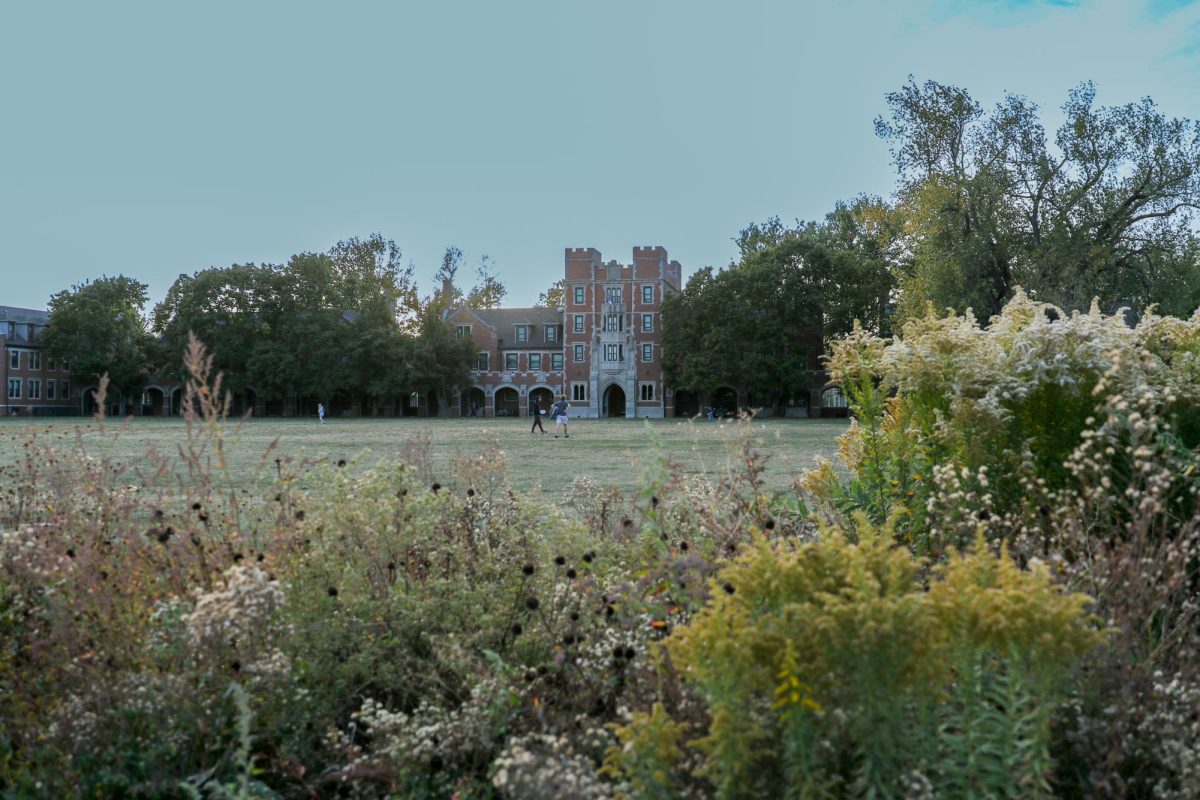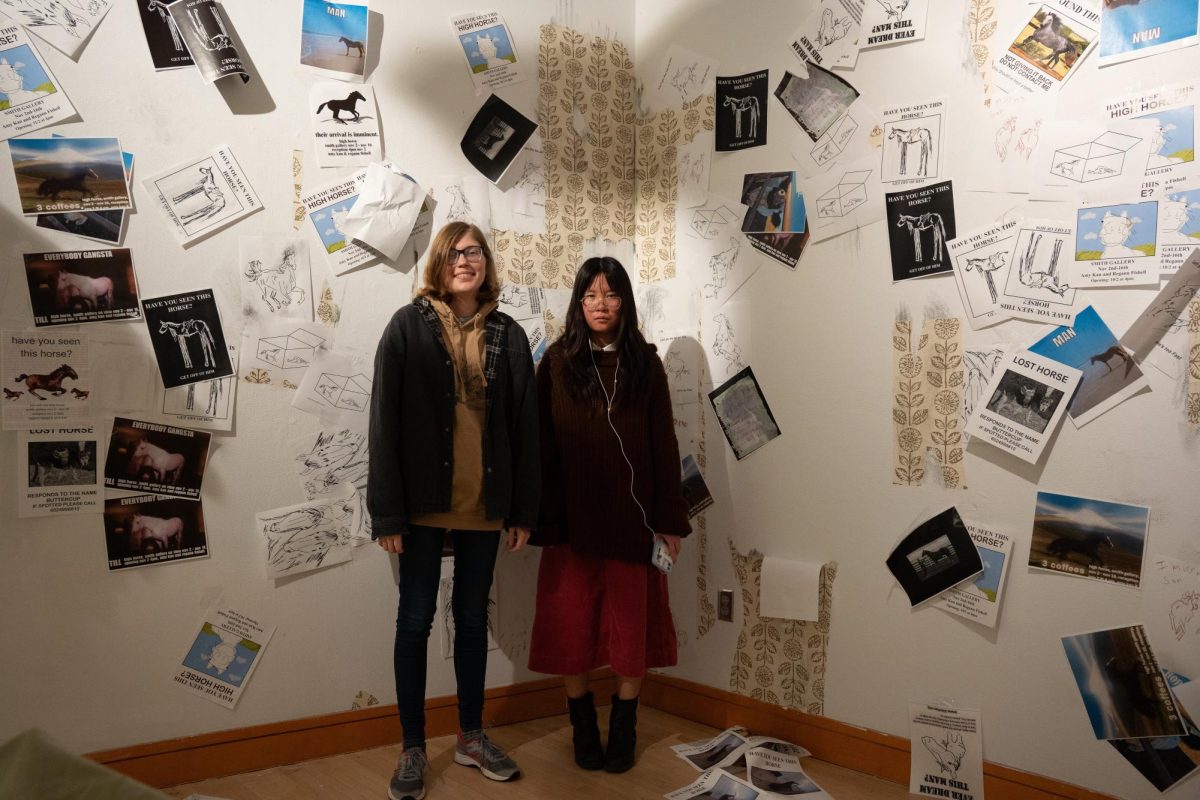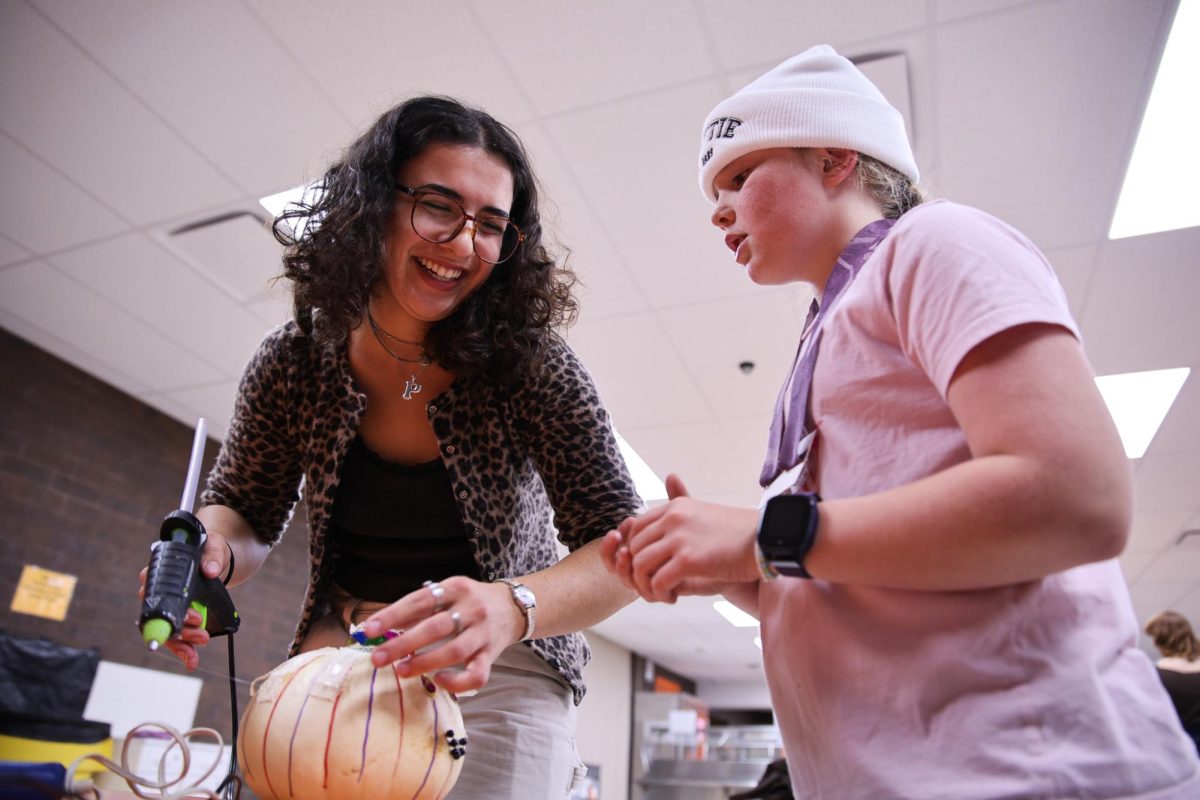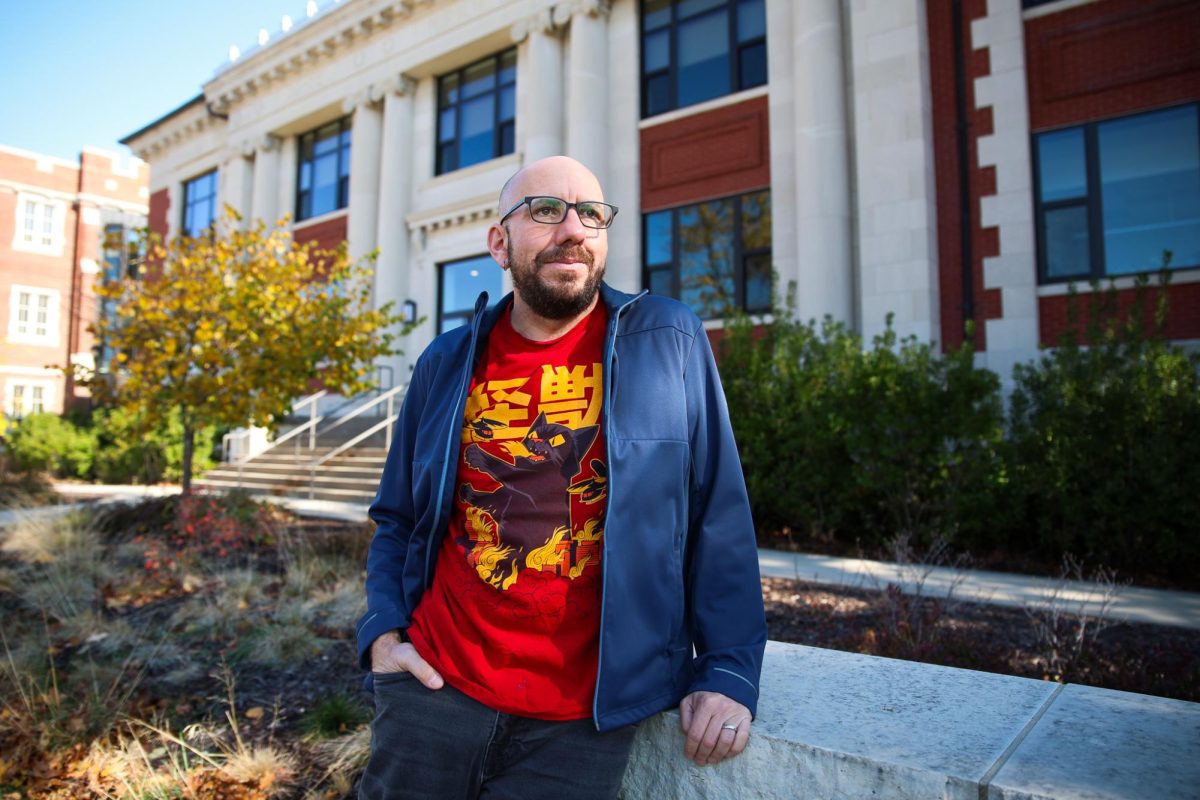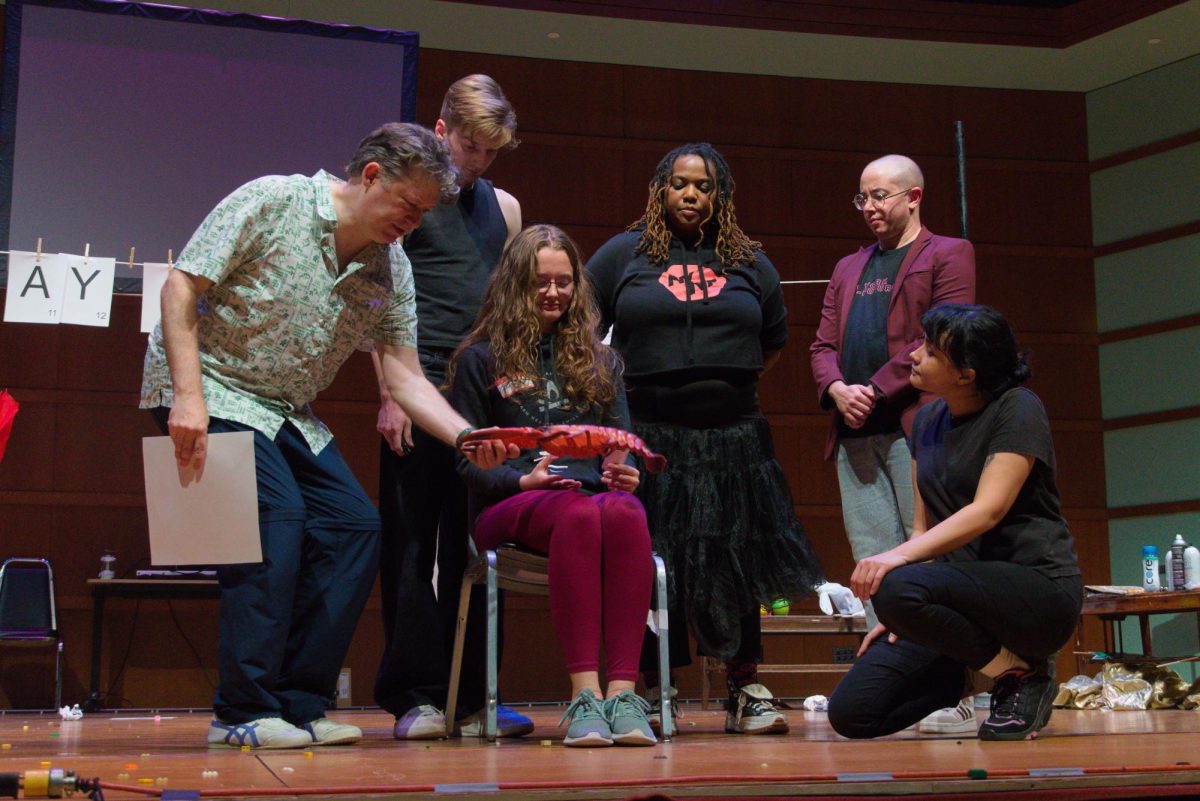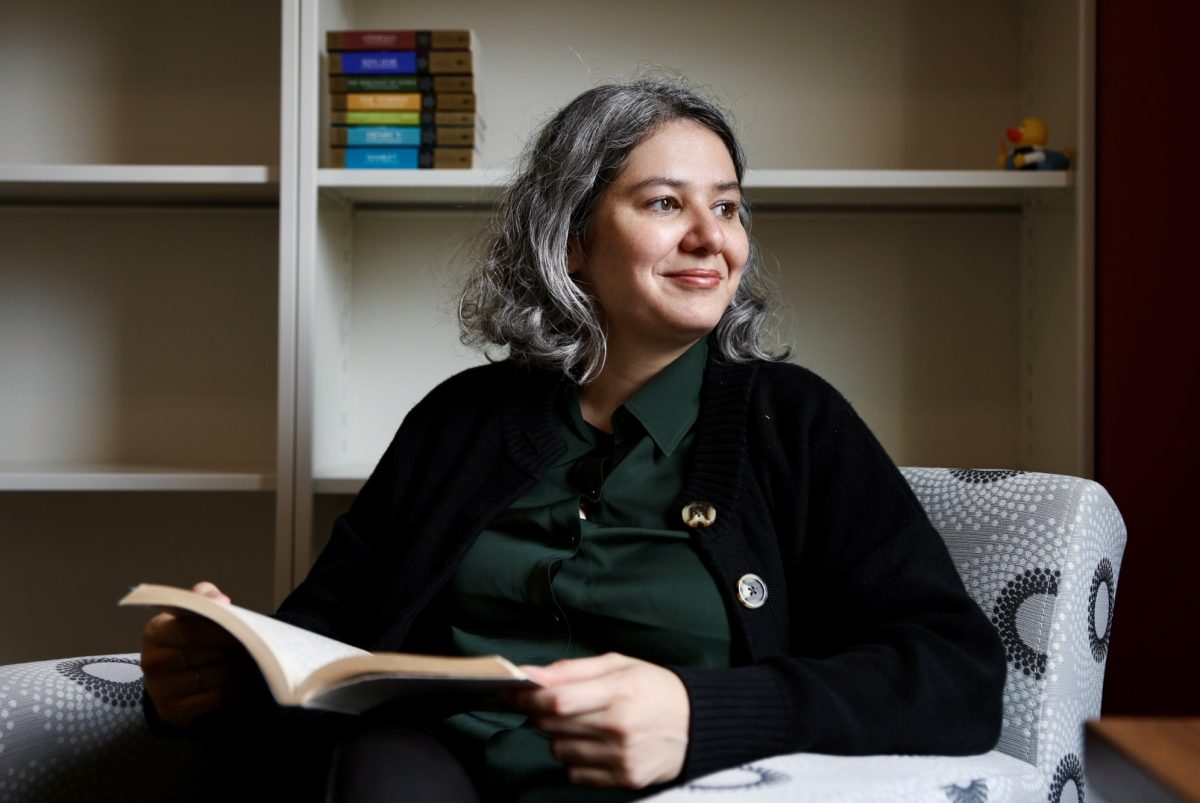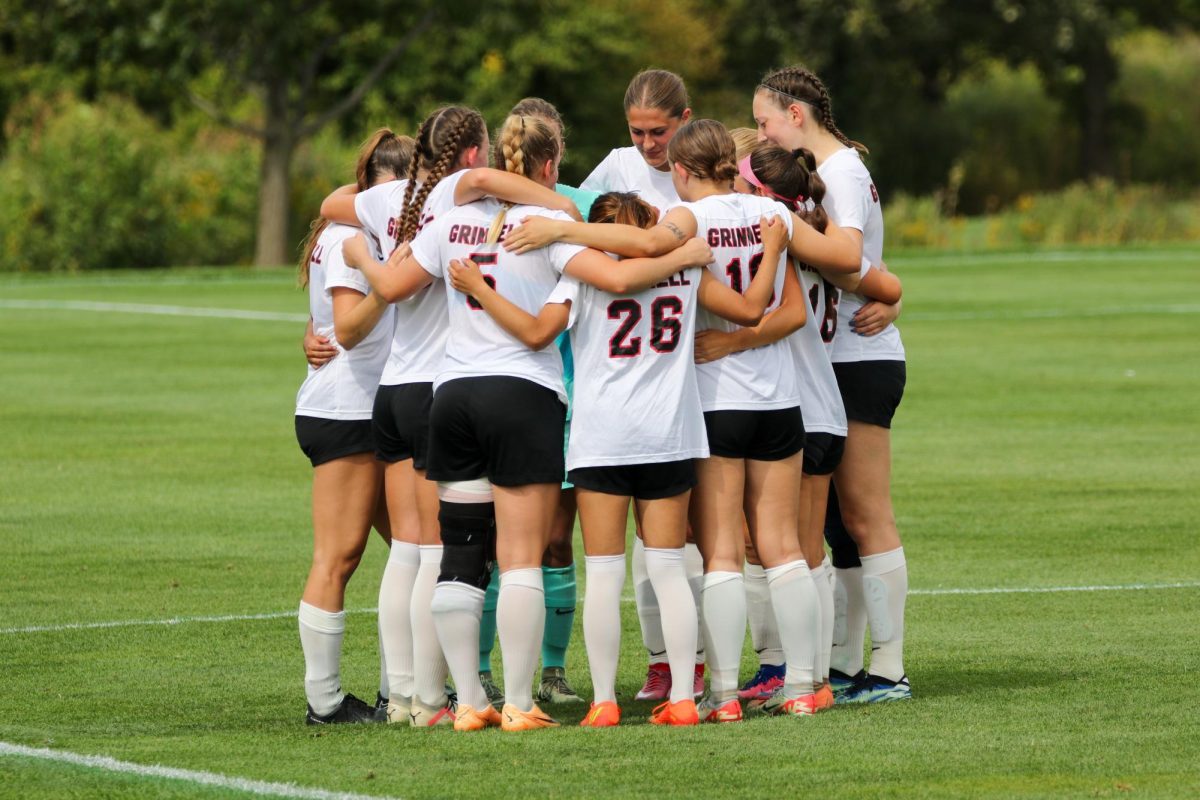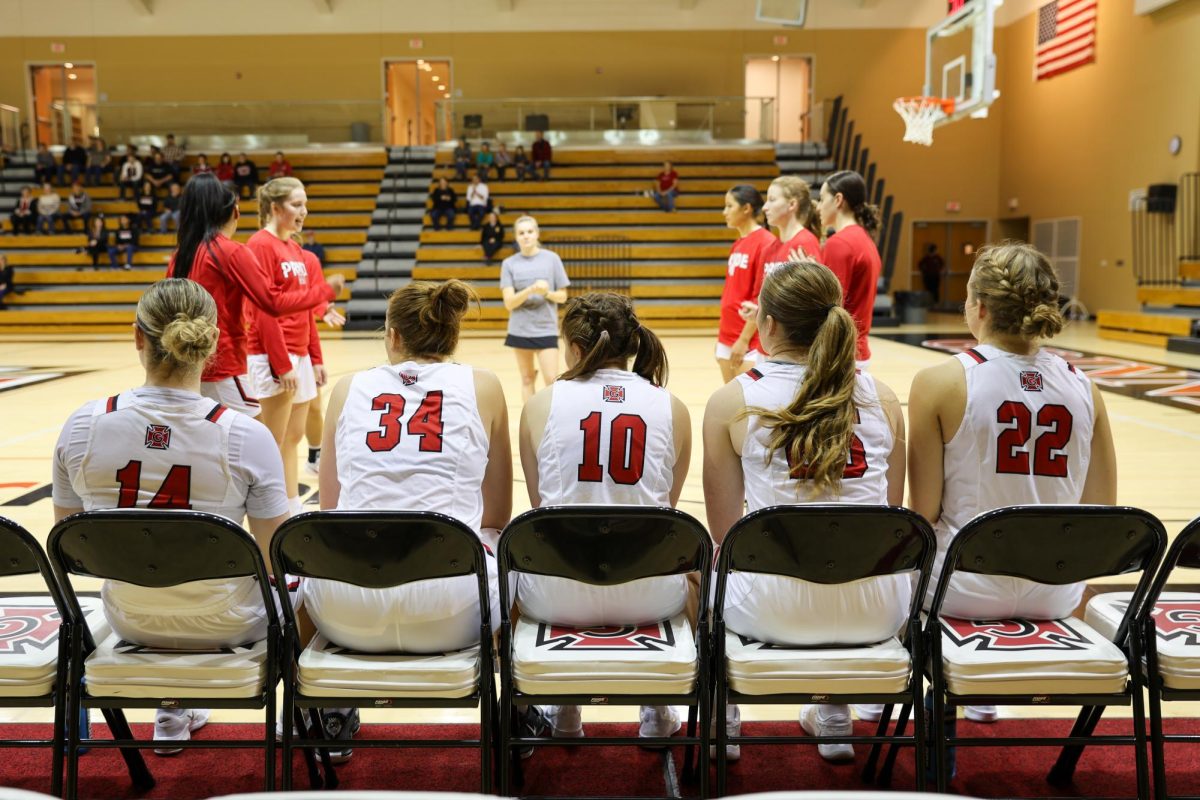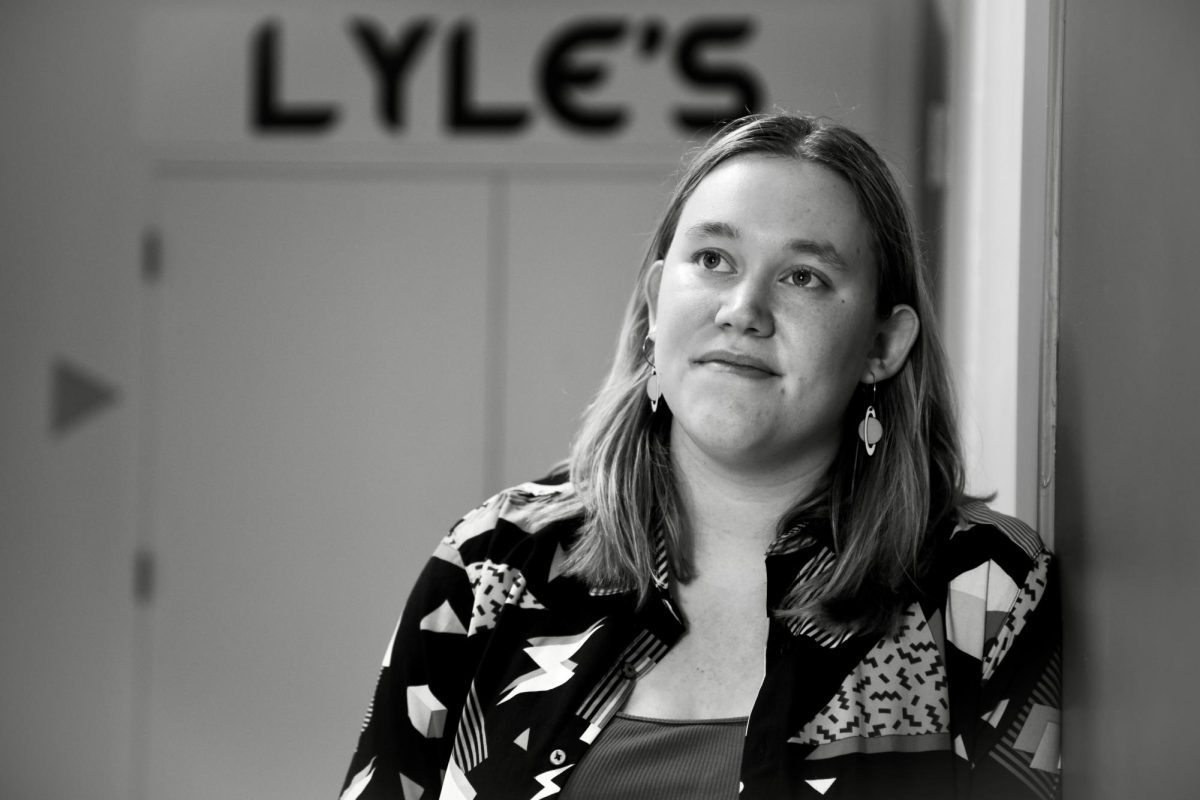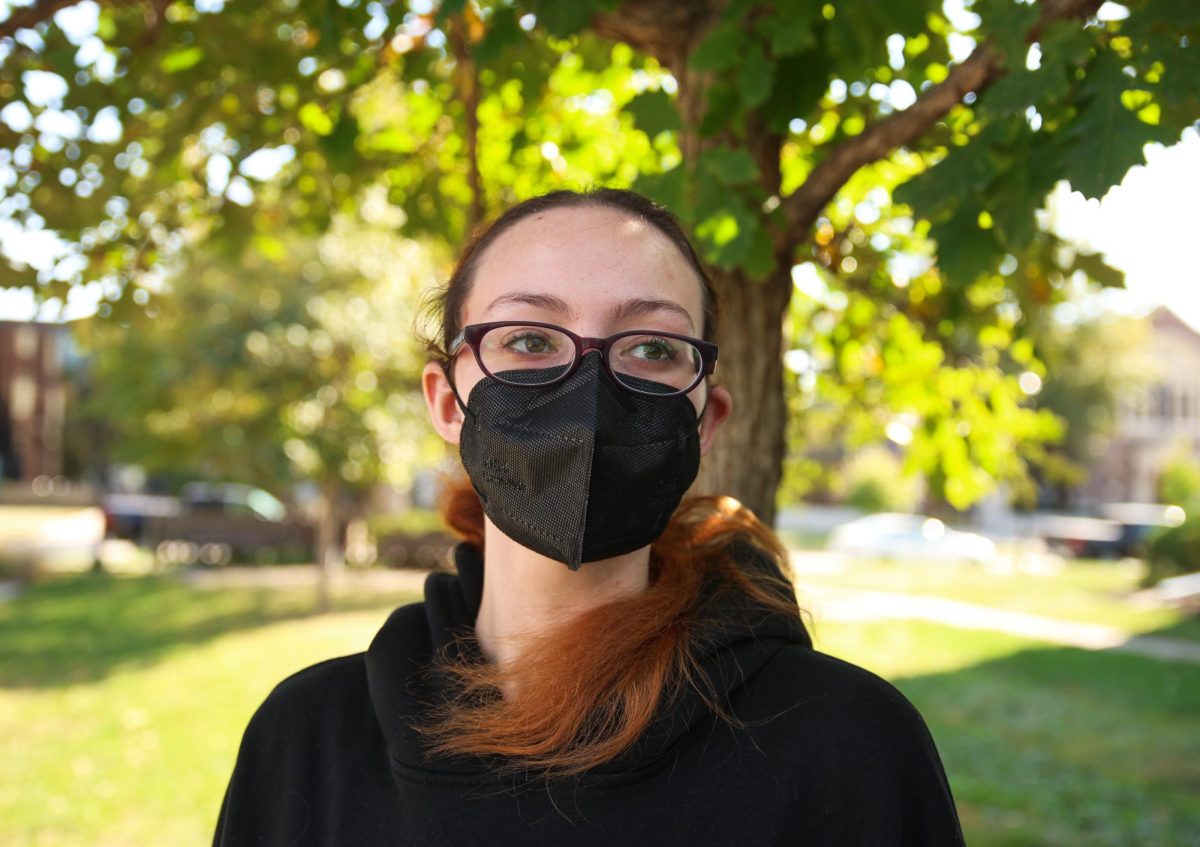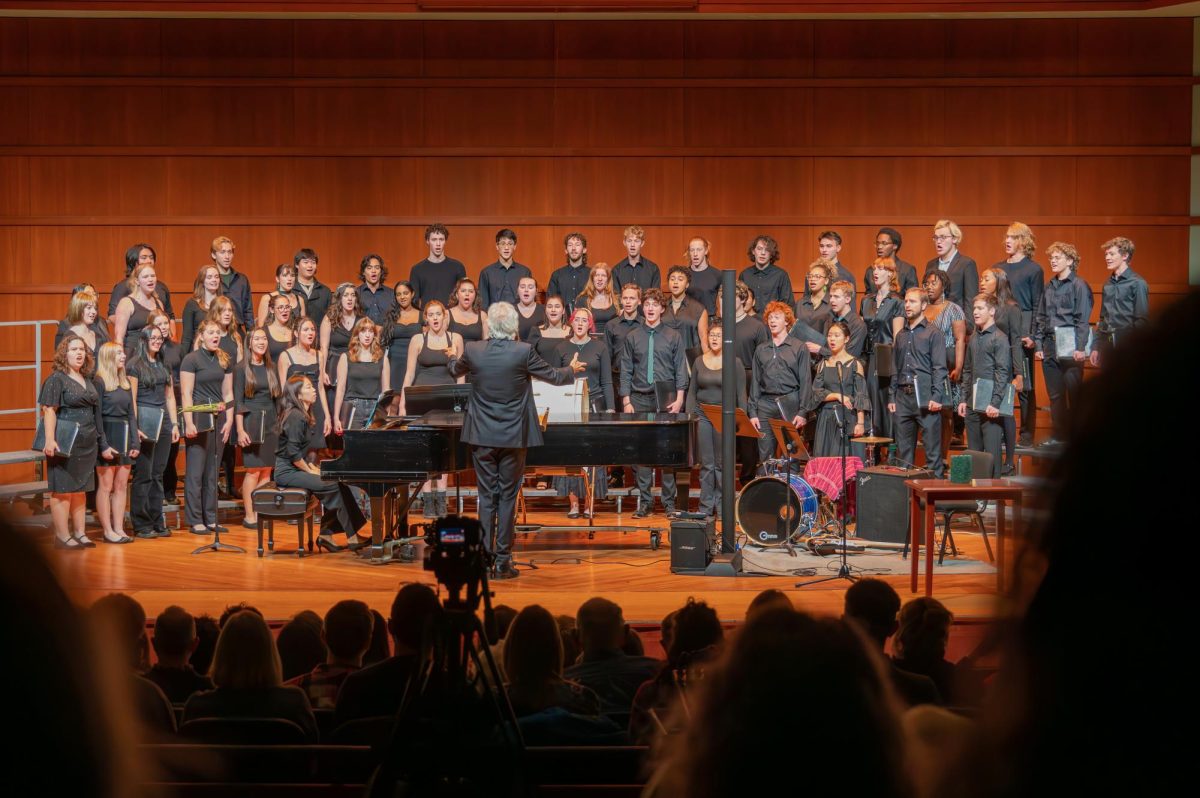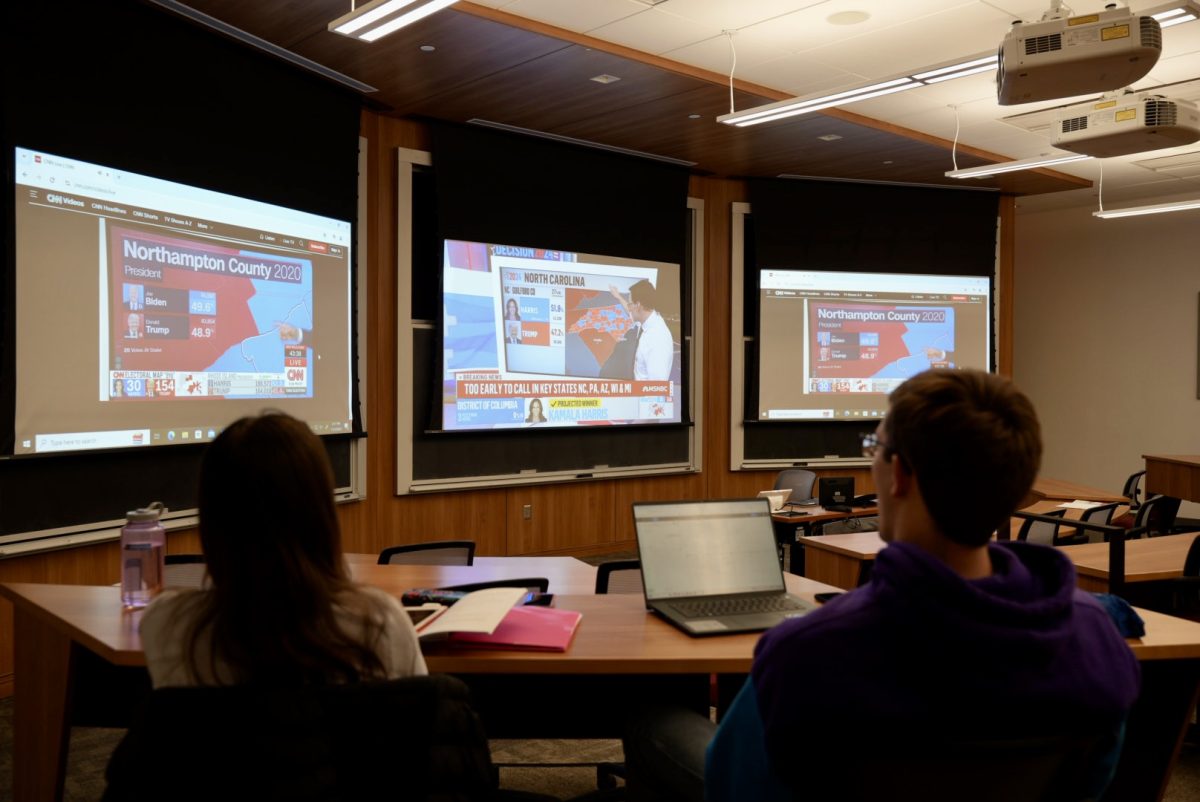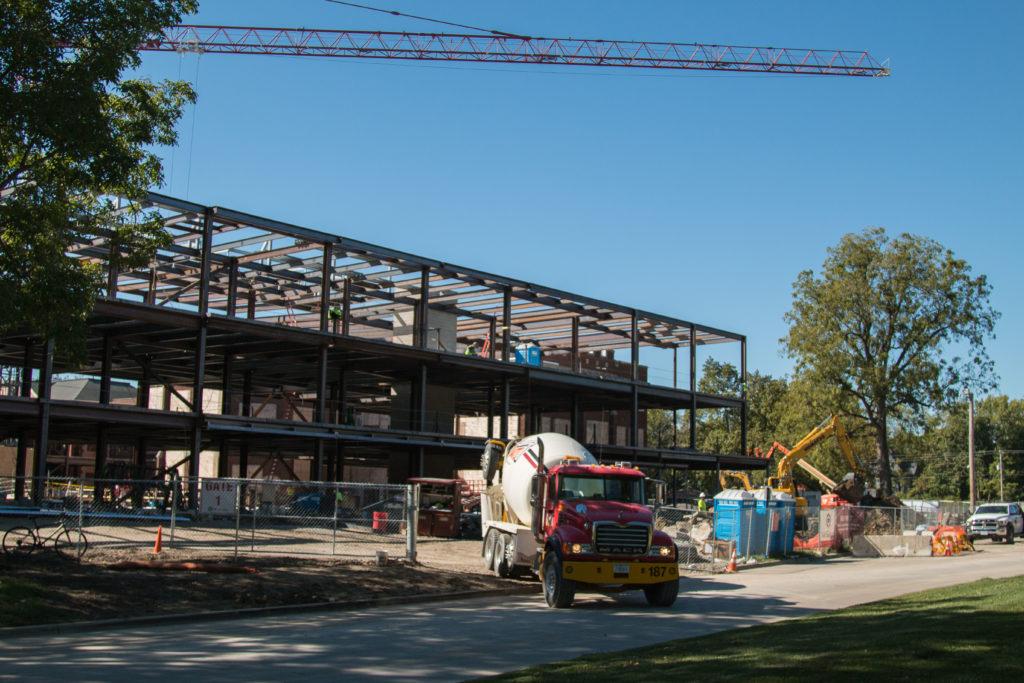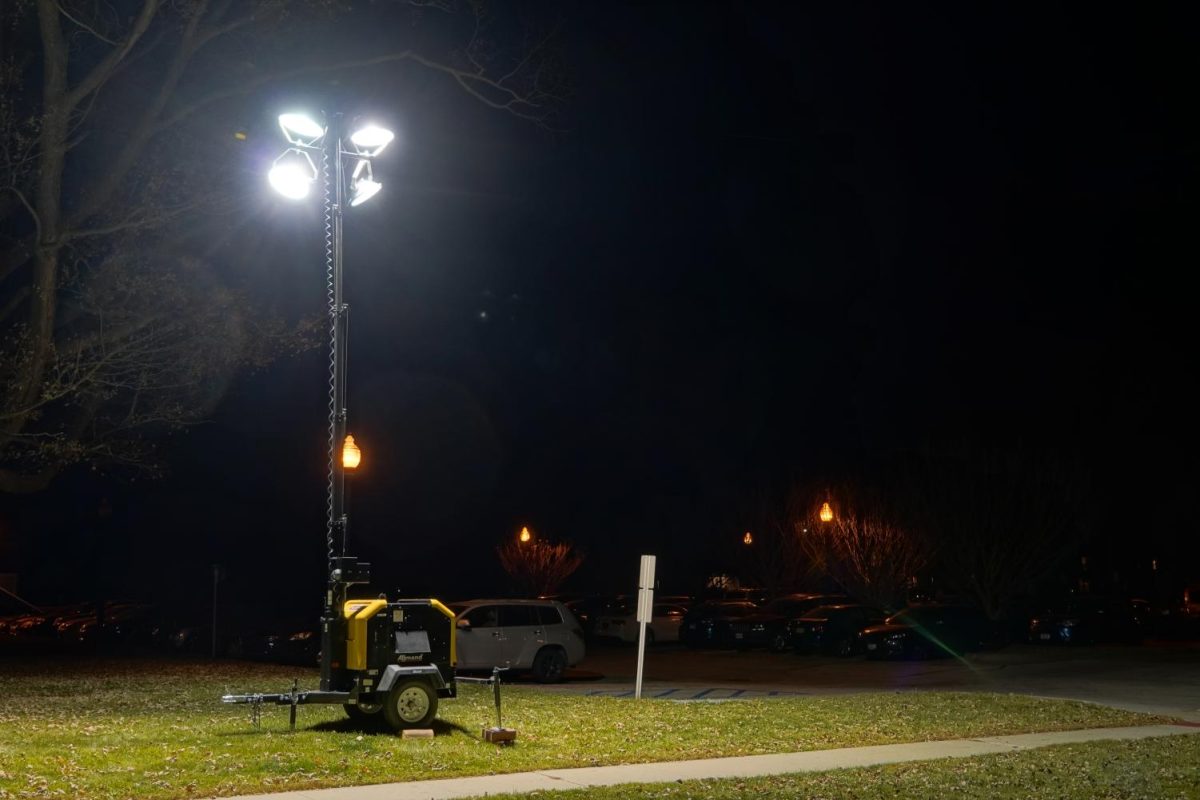Over the course of the 2017 spring and fall semesters, Grinnell College has seen the skeletal structure of the future Humanities and Social Sciences Complex (HSSC) expand up and around the campus side of the Alumni Recitation Hall (ARH). By the College’s projections, the HSSC and its “redesigned auditorium and social spaces such as the main atrium and coffee bar … common rooms, student research rooms, team rooms, and a quiet reading room” will be operable by fall 2020. The College’s website page on the construction promises to preserve the style of the old architecture: although otherwise unrecognizable in sketches of the building, the face of the ARH remains — encased in glass.
Though the HSSC may be the most obvious development in campus construction so far, phase one of campus development projects also include the construction of a new admissions building at the corner of Park Street and 8th Ave., and the “North/South Walk” stretching from the JRC to the entrance of the Bear. The project to make Younker Hall accessible, an initiative posed in October 2015 by then-SGA president Dan Davis ’16, will also be included in the multitude of campus renovations.
“The latest iteration of the design includes an elevator that reaches all floors, including the sunken social lounge on first and the Stonewall Resource Center (SRC) on the lower level,” wrote Kate Walker, vice presiden for finance and treasurer of the College, in an email to The S&B. “Also included is an exterior concrete ramp that routes along the east perimeter, entering a new elevator lobby north of the SRC. Last, but not least, the design adds fully-accessible restroom facilities near the newly created elevator lobbies. We still have some design and pricing work to do, but we’re hoping to finalize everything in time to begin construction in May 2018.”
Phases two and three of the anticipated 20-year project will touch virtually all aspects of campus architecture: a recent presentation by Kate Walker suggested that by 2024, the College would revisit the designs of the Forum, Center for Careers, Life and Services, Student Health and Wellness, Alumni Relations and “Library/Academic Commons.” Student residences will be considered by 2034.
While phases two and three will not enter the “planning stage” until 2018 and 2020, respectively, and thus have no concrete budgetary goals, phase one was planned in 2014.
“When we took the projects to the board [of trustees] for their approval, we estimated that we would need approximately $140 million for all three projects in phase one. The board authorized a not-to-exceed project of $140 million at that time,” Walker said. The College has set a goal of $20 million in donations to cover part of the cost of the construction of the HSSC, admissions building and landscaping.
The College remains over $14 million shy of the initial donations goal: in an email to The S&B, Mae Parker, Director of Annual Giving wrote that “as of June 30, 2017 we are at $5,286,447.26 raised towards the $20 million goal.”
In what Walker described as a standard budgetary operation, the College will issue bonds to cover expenses of the project not covered by donations received for the buildings.
“Within that budget, we talked about how we were going to pay for this, and there were two components — one is the $20 million gift target, and the other is that we were authorized to issue $120 million in bonds, that the College has to pay back,” Walker wrote.
Less standard, however, is the means by which the school plans to pay off its debt: by increasing the payout on the endowment. “For this particular purpose … we are getting $5 million extra per year for six years. So a total of $30 million for that period where we have a spike,” Walker said.
According to Interim Chief Investment Officer Andrew Choquette and Associate Director of Investments Angela Clement, as of June 2017, the endowment supported 53 percent of the College’s operating budget. The endowment, which was discussed openly for the first time ever last Tuesday, Sept. 19 in a presentation held by the Divestment and Climate Impact Task Force, has reached an all-time high of $1.87 billion. Pervading conversations about the College’s $1.87 billion dollar endowment, however, is the sense of an urgent need to conserve: Choquette and Clement expressed that there exists concern over what trustees perceive to be a risky dependence on the endowment for the College’s operating budget.
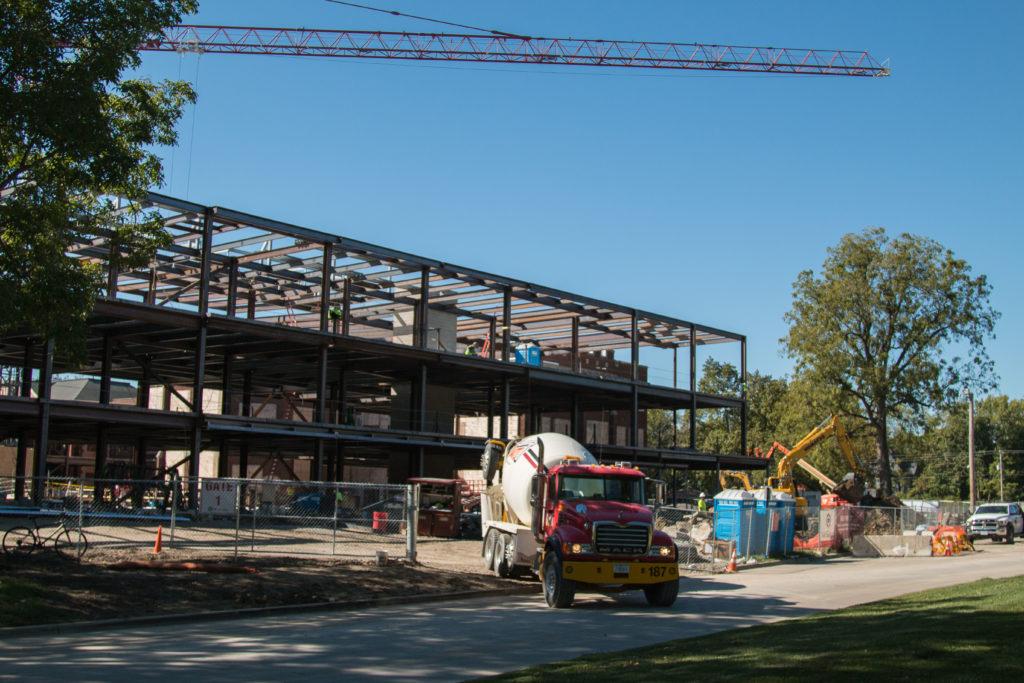
Despite this concern, which has prompted the College to take what Choquette, in his talk, called a “conservative” approach to the endowment, the endowment has actually grown at an average of eight percent in recent years, and took a 17 percent leap last year. The annual payout on the endowment, however, remains below 4.5 percent, a significantly smaller cut than most peer institutions take from their endowments annually.


